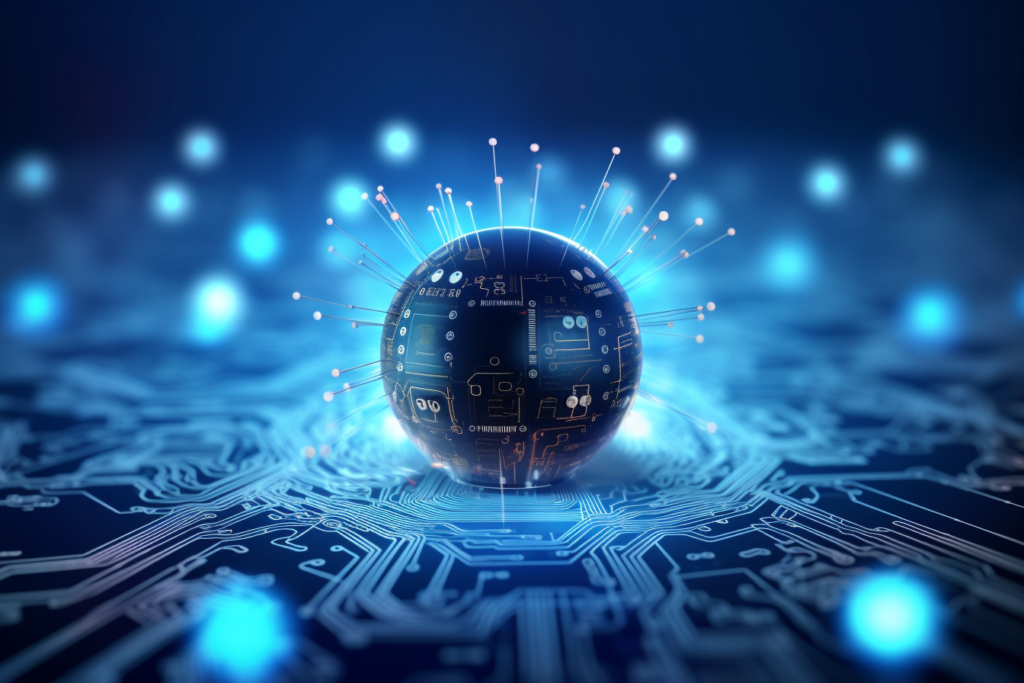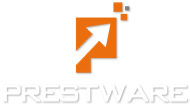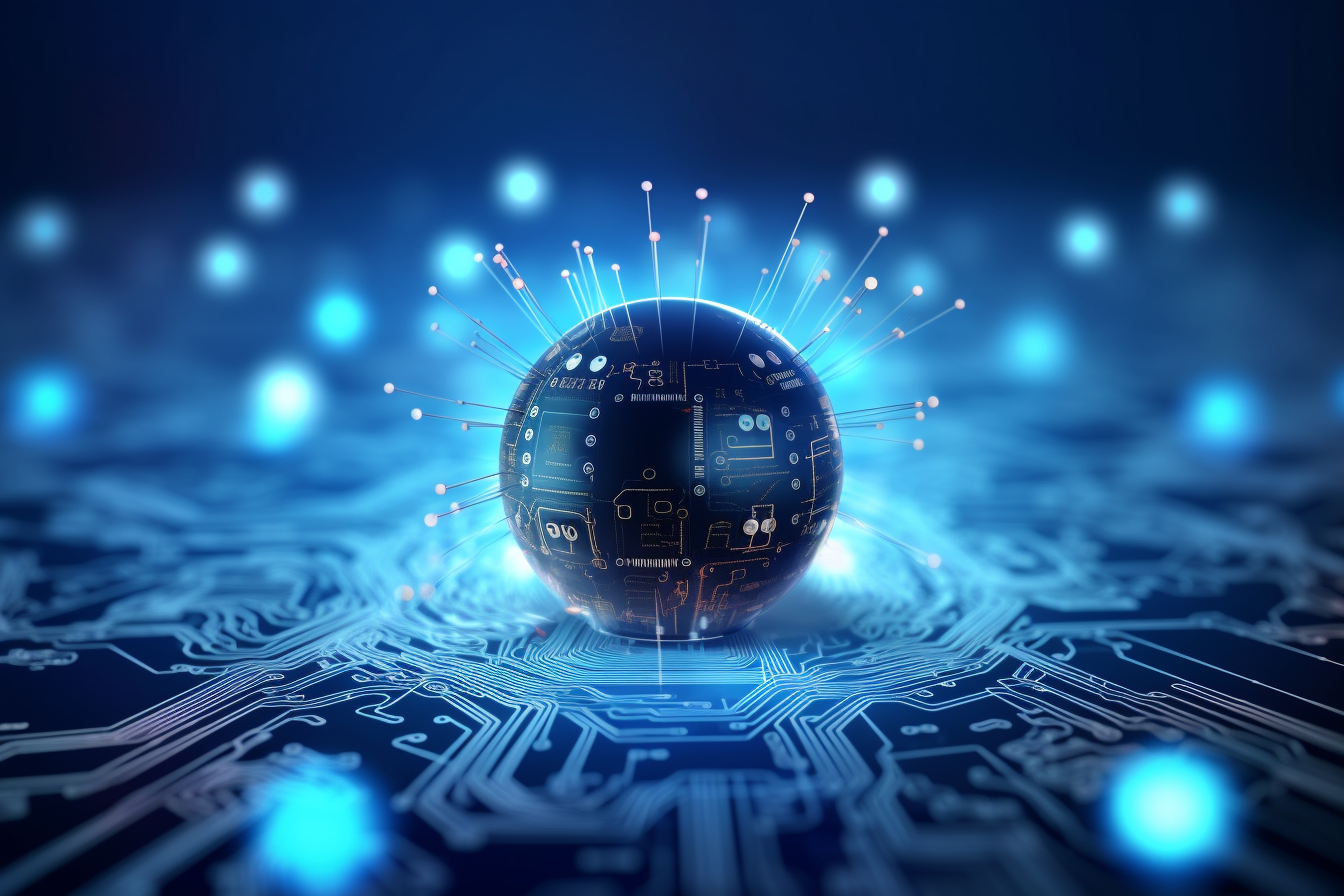Latest Technology for IoT Applications
The Internet of Things (IoT) has revolutionized the way we live, work, and interact with technology. With the increasing demand for connected devices, real-time data, and smart homes, the IoT market is expected to continue to grow in the coming years. In this blog post, we will take a look at some of the latest technology in the IoT market and how it is shaping the future of the IoT.

5G Technology
5G technology is one of the latest advancements in the IoT market. It is the fifth generation of mobile networks and offers faster speeds, low latency, and improved reliability. This means that IoT devices can communicate with each other quickly and efficiently, making new applications and use cases possible.
For instance, with 5G, medical devices can send real-time data to healthcare providers, allowing them to make informed decisions about a patient’s health. 5G technology can support a large number of connected devices, making large-scale IoT networks possible. It openes new opportunities for automation and real-time data analysis.
Edge Computing
Edge computing is another cutting-edge technology in the IoT market. It involves processing data at the source, instead of sending it to a central location for processing. This leads to faster decision making and reduces the amount of data that needs to be transmitted, making the system more efficient and cost-effective.
For example, edge computing can be used in industrial IoT (IIoT) systems to monitor and control production processes in real time. This is leading to improved efficiency and reduced downtime. It can also be used in agriculture to monitor crop growth and predict potential problems, improving yields and reducing waste.
Artificial Intelligence (AI)
Artificial intelligence (AI) is also playing a significant role in developing IoT technology. AI algorithms can analyze the data generated by IoT devices, providing insights and making predictions about future behavior. This leads to improved efficiency and decision-making and new opportunities for automation and predictive maintenance.
For example, AI can be used in smart homes to analyze energy usage and make predictions about future usage. It helps homeowners to save money on their energy bills and reduce their carbon footprint. Additionally, we can implement AI in agriculture to monitor crop growth and predict potential problems, improving yields and reducing waste.
Security
As the number of connected devices increases, so does the risk of cyber-attacks and data breaches. That’s why companies are developing new security solutions to protect IoT devices and the data they generate. This includes the use of encryption, secure boot processes, and secure firmware updates.
For instance, we can implement blockchain technology. It can be used to securely store and manage data transmitted between IoT devices, reducing the risk of cyber-attacks and data breaches. Biometric authentication, such as fingerprints or facial recognition, can also provide an extra layer of security for IoT devices. It protects sensitive data and preventing unauthorized access.
Conclusion
In conclusion, the IoT market is constantly evolving and introducing new technology to meet the growing demands of a connected world. From 5G and edge computing to AI and security, the latest advancements in the IoT market are shaping our future and making our lives easier and more connected.
If you want to learn more about the latest technology in the IoT market, don’t hesitate to contact us. Prestware stays on top of the latest news in technology, so you can stay ahead of the game.

